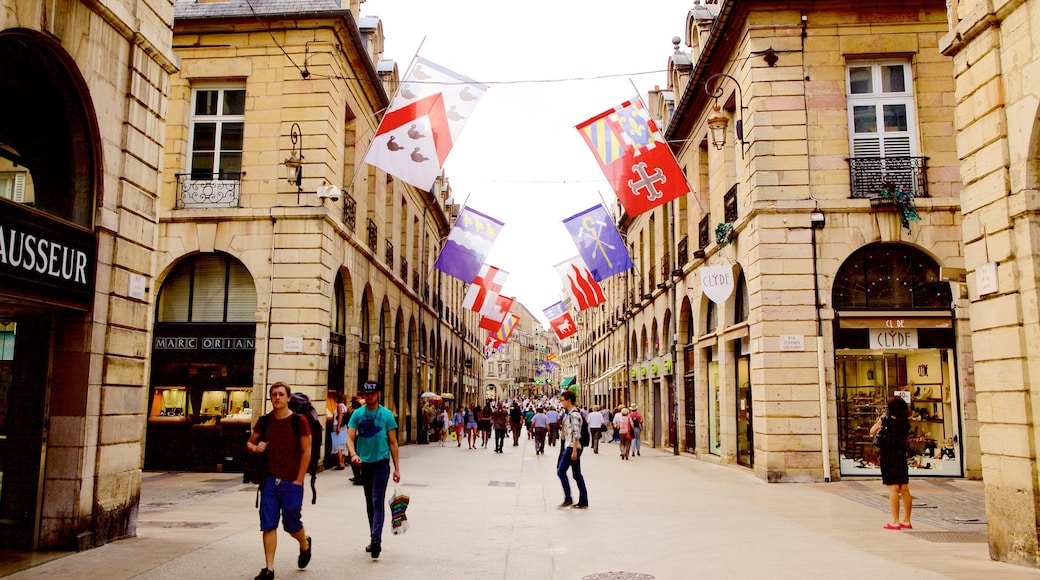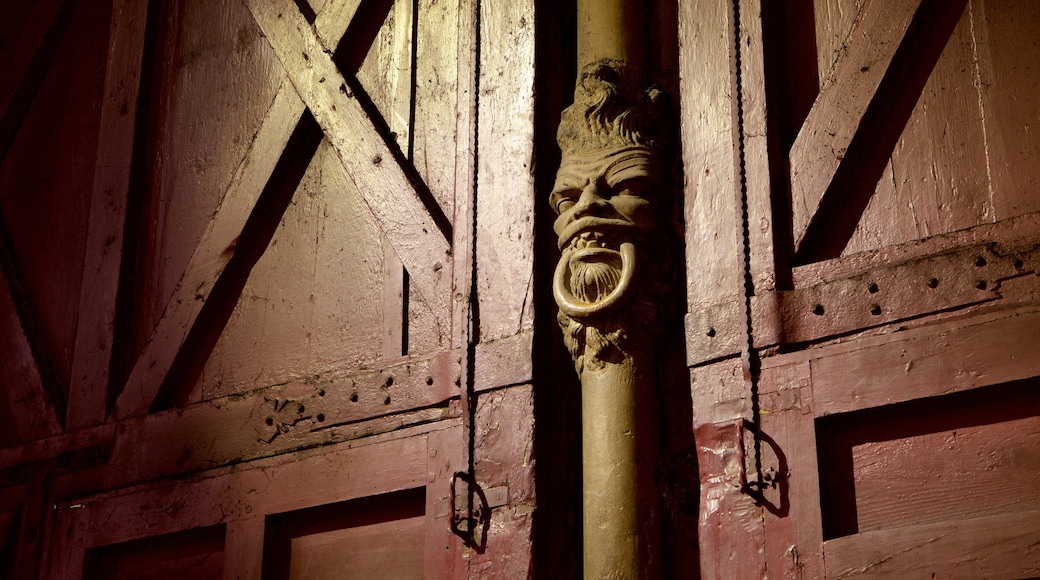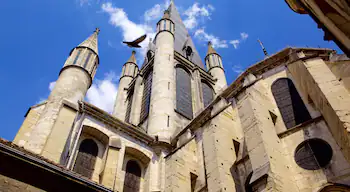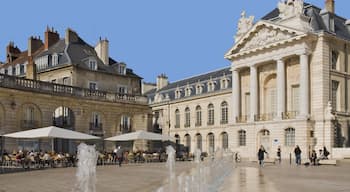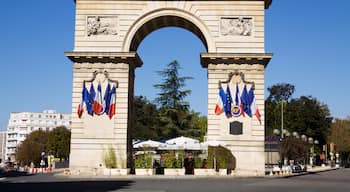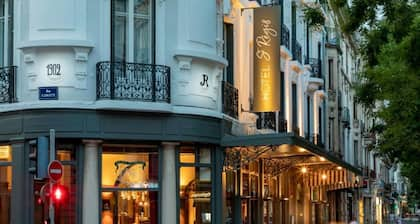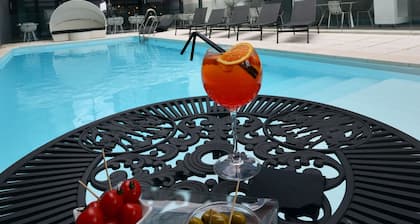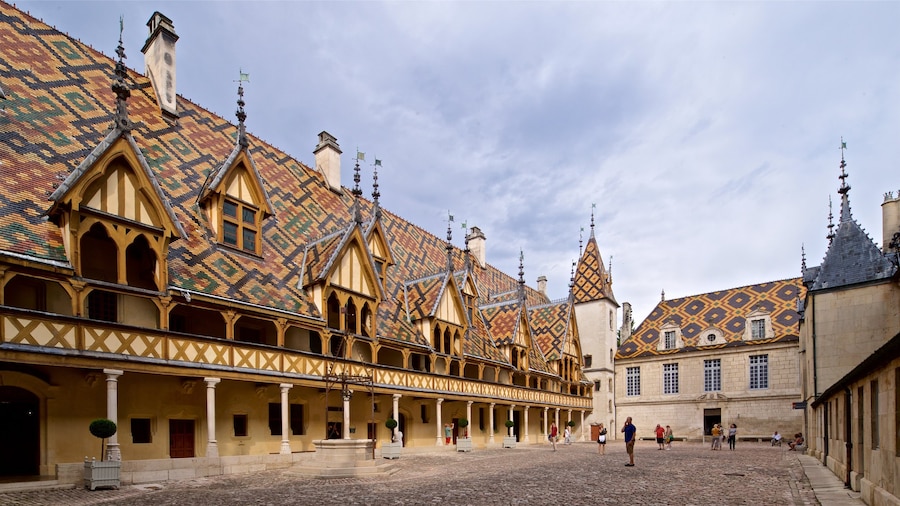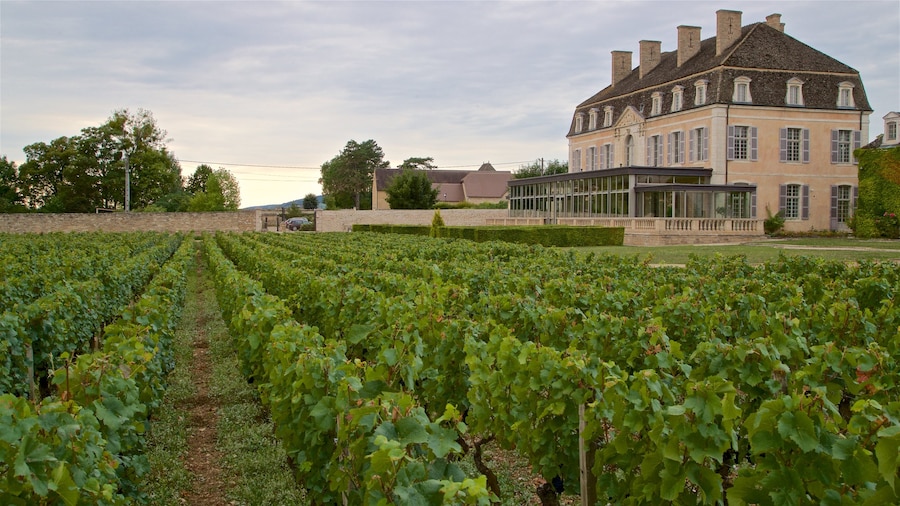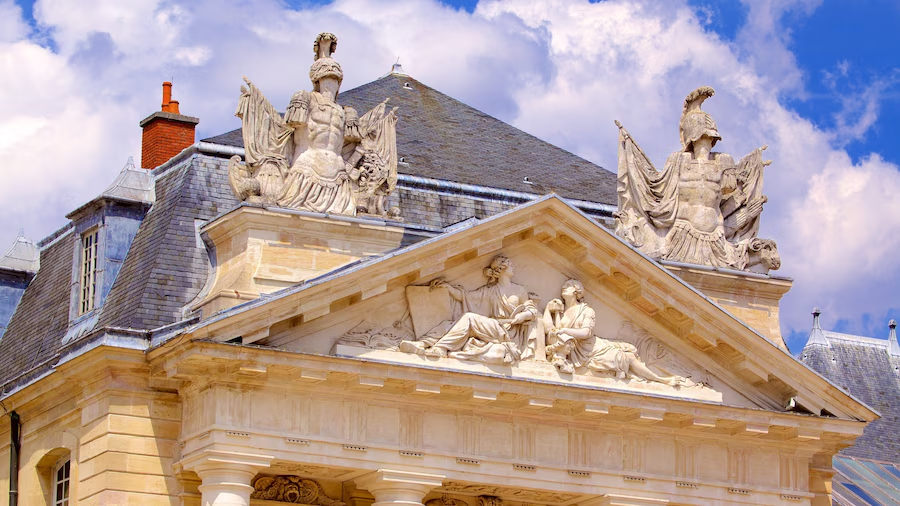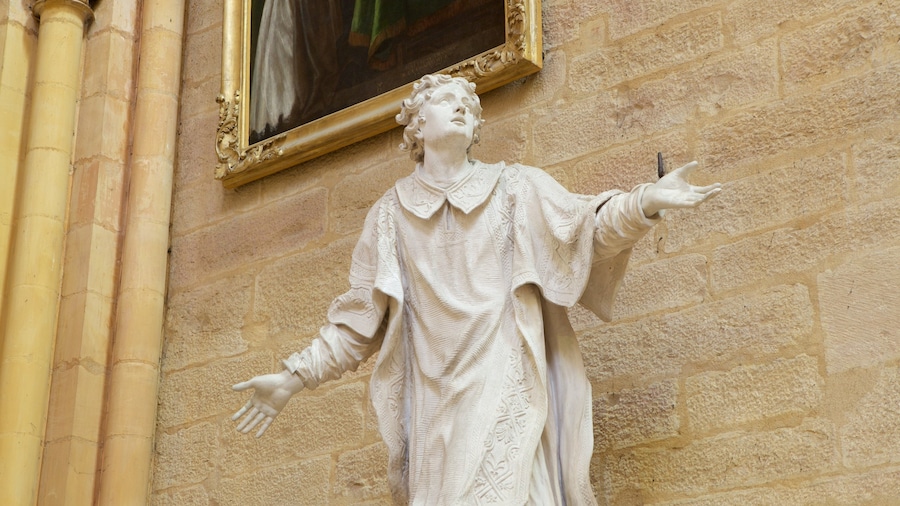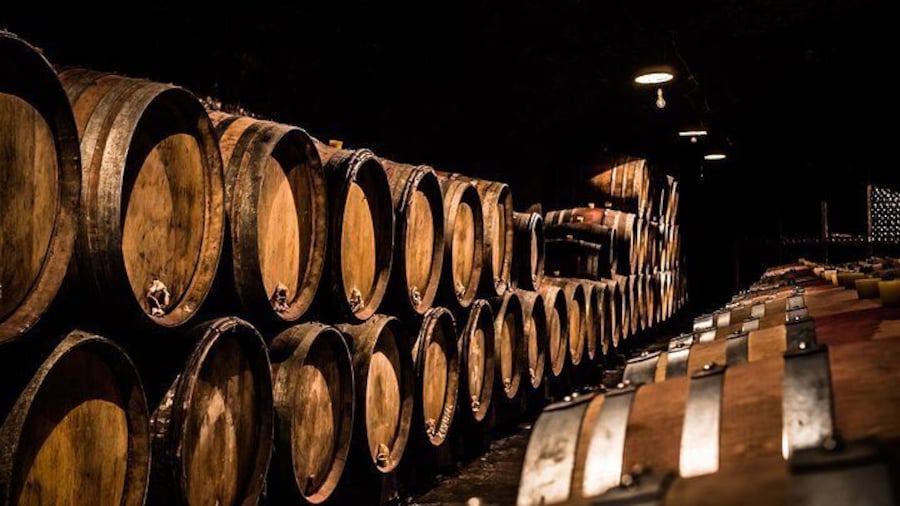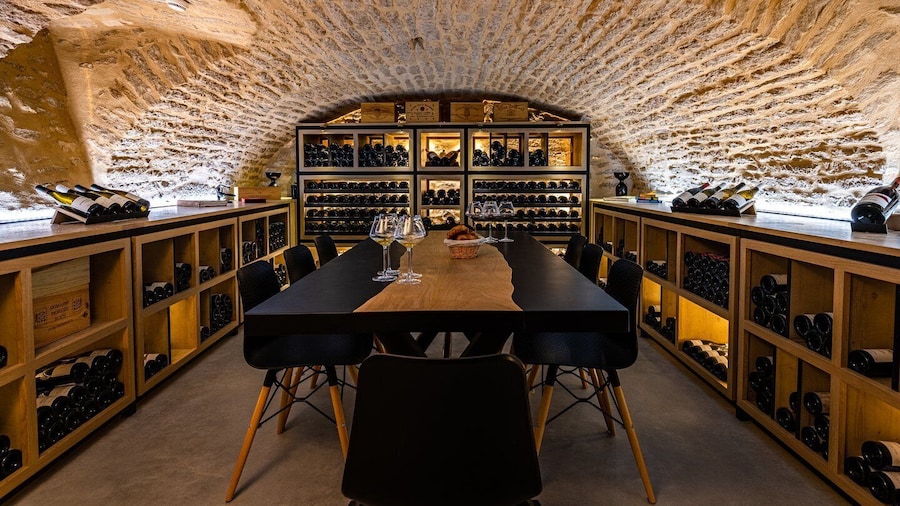Burgundy is so famous for its red wine that it has a dark red color named after it. Visit the hills and valleys of this fertile region in east France covered in centuries-old vineyards and wineries. A bottle of red wine from Burgundy can last up to 20 or 30 years, but your memories of the lush countryside, medieval villages and ancient churches and châteaus will last far longer.
Head just south of the region’s capital of Dijon to find the region where most famous Burgundy wines are grown. Burgundy has a long wine-growing history, beginning with monks producing wine for the church. The heavy limestone content of Burgundy’s soil gives wines grown here a distinctive twist that you may notice upon tasting a few different glasses. To enhance your palate, sign up for a wine class.
The town of Beaune is considered the unofficial capital of Burgundy’s wine country. Visit the Burgundy Wine Museum to see old artifacts from the region’s wine-growing history, including antique wine presses. While in town, tour Les Hospices de Beaune, a beautiful medieval hospital that serves as the town’s main landmark. The bright mosaic pattern on the roof sparkles in the sunlight.
West of Dijon, find the Abbey of Vézelay, a massive Romanesque cathedral designated a UNESCO World Heritage site. Nearby is an equally impressive although secular structure, the Chateau de Bazoches. Tour this 12th-century castle between the months of March and November.
While much of Burgundy consists of flat plains or gently rolling hills, there is also a mountainous area at the center of the region called the Morvan. Walk the trails around the forested peaks and visit the Resistance Museum, which showcases the unique role the Morvan played in the Resistance movement against the German occupation during World War II.
Burgundy is less than a 2-hour drive from Paris. Visit during the fall, when summer crowds have thinned and the vineyards turn yellow and orange.

